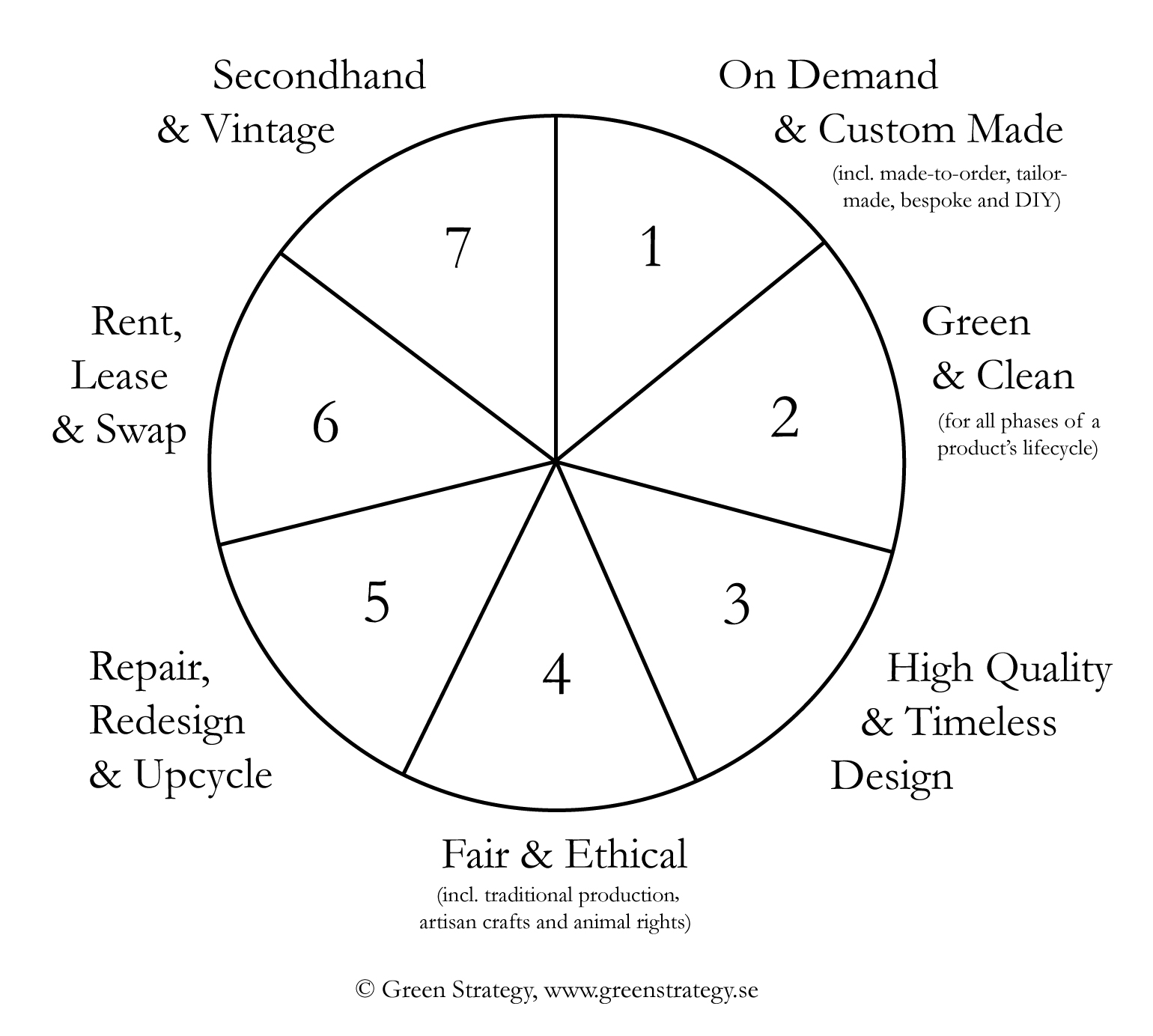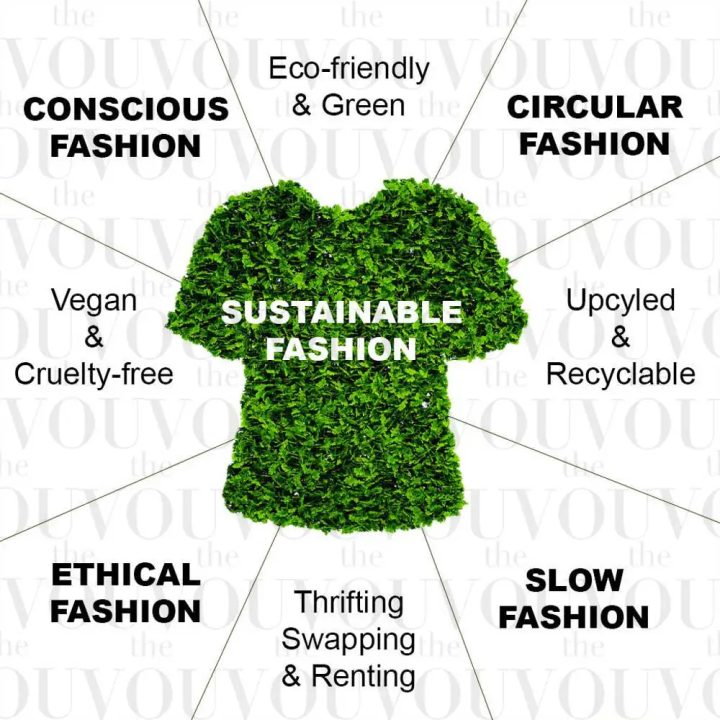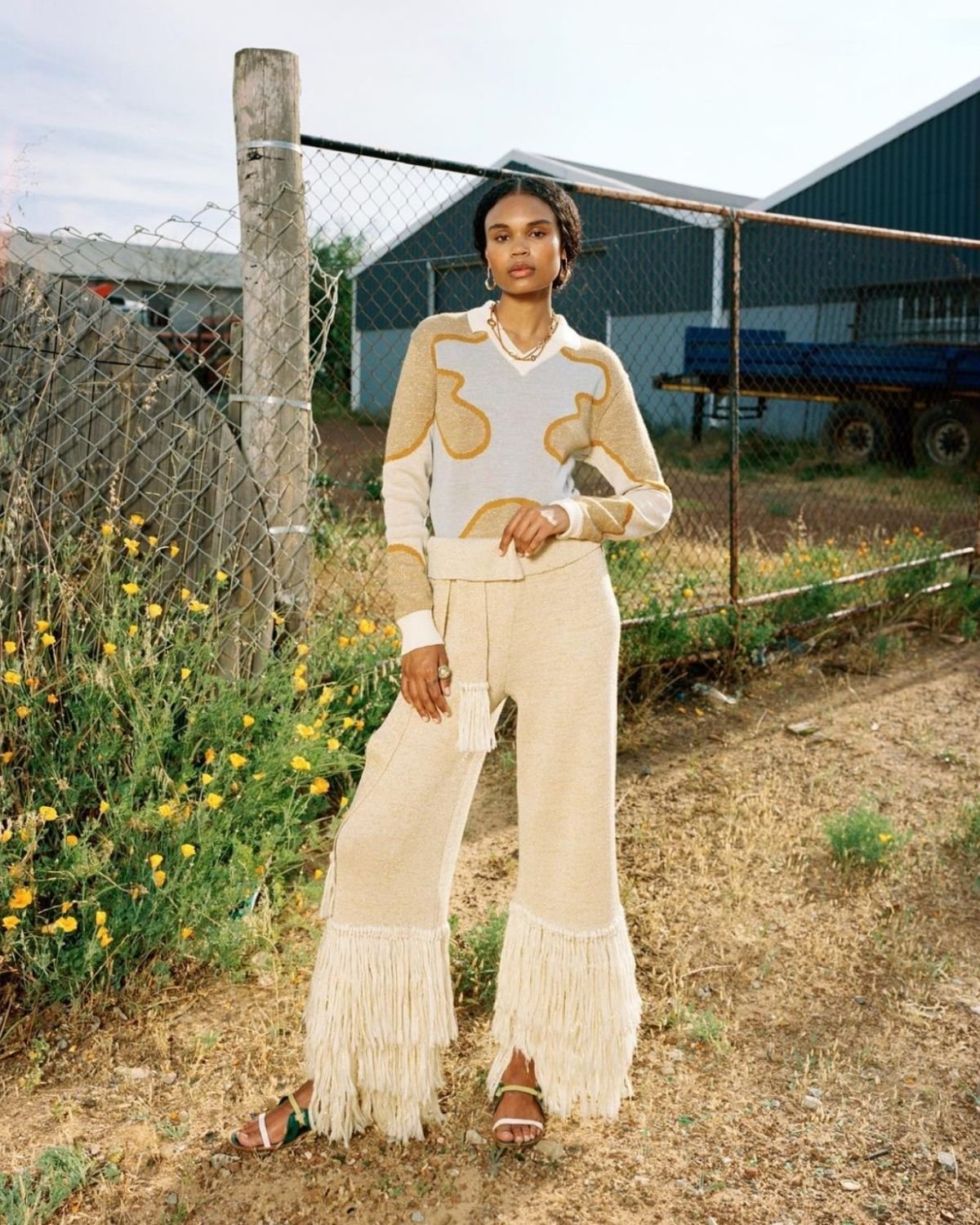Cape Town Sustainable Fashion: Eco-Friendly Trends to See
Cape Town Sustainable Fashion: Eco-Friendly Trends to See
Blog Article
Remain Ahead of the Curve by Checking Out Innovative Style Fads
In a market as dynamic as style, remaining ahead includes greater than just adhering to present patterns-- it requires an expedition of technology. Smart textiles, for example, are transforming garments into practical masterpieces, while 3D printing is reinventing design processes with its personalized, waste-reducing abilities. As sustainability ends up being a keystone, technologies like green materials and circular style methods are improving environmental obligation - Cape Town Sustainable Fashion. In addition, the merging of modern technology and style proclaims a new era of consumer engagement. Exactly how, then, can these arising patterns redefine the future of fashion, and what ramifications do they hold for brands seeking to flourish in this progressing landscape?

Welcoming Smart Textiles
In recent times, the apparel industry has actually experienced a transformative change with the assimilation of smart fabrics, an advanced innovation that blends innovation with textile. This advancement stands for not just a blend of visual appeals and performance yet likewise a considerable leap towards sustainability and customization in fashion. Smart textiles, likewise referred to as e-textiles, installed advanced electronic devices such as sensors and conductive threads within the fabric, allowing garments to communicate with the environment or the user.
These textiles are created to keep track of physiological specifications, such as heart rate or body temperature, providing real-time health analytics. Beyond wellness applications, smart textiles are additionally being made use of for flexible apparel, which can alter color or pattern in reaction to environmental stimulations, thus offering a vibrant fashion experience.
In addition, the advancement of energy-harvesting textiles that produce power from movement or sunlight is leading the way for self-dependent wearable innovation. This development is appealing to environmentally mindful consumers and developers aiming to lower the ecological footprint of fashion. As research and advancement in this area advance, wise fabrics are anticipated to end up being significantly common, reshaping the landscape of contemporary fashion with their multifunctional abilities.
The Surge of 3D Printing
Transforming the production landscape, 3D printing has actually become a game-changer in the fashion business. This sophisticated technology has enabled developers to press the borders of creative thinking, producing intricate and personalized garments that were previously inconceivable. By leveraging digital design and additive manufacturing, 3D printing facilitates the production of complicated geometries and patterns, allowing developers to experiment with new textures and structures.
A notable benefit of 3D printing in vogue is its capability to create on-demand, reducing waste and reducing supply requirements. This efficiency not only maximizes manufacturing procedures yet additionally permits fast prototyping, enabling developers to bring their visions to life in a shorter duration. Additionally, 3D printing sustains modification to a degree unparalleled by conventional approaches, using unique designs and tailored fits tailored to individual consumer choices.
The rise of 3D printing has likewise equalized style, making it easily accessible to emerging designers that can now fabricate top notch items without considerable economic investment in traditional manufacturing infrastructure. As technology continues to advance, the fashion business is poised to harness the complete possibility of 3D printing, exploring brand-new materials and techniques that will unquestionably redefine just how fashion is conceived and produced.
Sustainable Style Innovations
As the fashion business grapples with the pressing need for environmental obligation, sustainable style innovations have arised at the forefront of transformative modification. The growing awareness of environmental influence has actually sustained a change in the direction of even more eco-conscious practices and products. Brand names and designers are now view prioritizing sustainability, including techniques that reduce waste and reduce carbon impacts.
One substantial advancement is the rise of circular style, which highlights recycling and upcycling to prolong the lifecycle of garments. This strategy not just lowers waste but additionally motivates consumers to embrace an extra mindful method to garments intake. Furthermore, making use of sustainable products, such as natural cotton, hemp, and recycled polyester, has actually acquired grip. These products require much less water and energy throughout manufacturing, substantially lessening ecological influence.
Another advancement depends on the fostering of cutting-edge dyeing techniques that make use of waterless procedures or natural dyes, therefore decreasing the vast amounts of water and chemicals typically utilized in textile dyeing. Furthermore, developments in biotechnology have caused the development of lab-grown natural leather and materials, providing ecologically pleasant and cruelty-free choices to standard products. With these pioneering efforts, the apparel industry is making significant strides in the direction of an extra lasting future.

Tech-Integrated Apparel
Tech-integrated clothing stands for an innovative blend of style and innovation, improving just how people engage with their garments. This ingenious domain name is marked by the addition of clever fabrics and embedded digital parts, boosting both functionality and visual allure. From physical fitness trackers embedded in sportswear to heated jackets regulated via mobile phone applications, tech-integrated garments provides consumers unprecedented ease and adaptability.
Introducing brand names are driving this pattern, concentrating on producing garments that react to environmental stimulations or individual commands. For example, some garments can alter color or pattern in reaction to temperature click for info level shifts, while others integrate biometric sensors to check wellness metrics like heart price or anxiety degrees. The seamless combination of innovation right into textiles additionally encompasses environmental sustainability, with initiatives to develop self-cleaning textiles or garments that readjust to weather problems, hence decreasing the need for several layers.
In addition, the advent of wearable innovation is not simply limited to apparel however prolongs to accessories like watches and eyeglasses, further expanding the range of tech-integrated style. As the industry proceeds to introduce, the potential for customization and personalization in apparel grows, using customers distinct, tech-enhanced style experiences that deal with their specific demands and preferences.
Future of Virtual Style
Recently, the future of virtual style has actually emerged as a transformative pressure within the market, leveraging advancements in electronic technology to redefine just how fashion is produced, experienced, and eaten. By incorporating augmented truth (AR), online truth (VR), and 3D style devices, developers can currently craft interactive and immersive experiences that transcend standard style borders. Online fashion permits the creation of garments that exist exclusively in electronic atmospheres, offering limitless possibilities for advancement without the limitations of physical manufacturing.
This digital change not only presents opportunities for innovative expression however also addresses sustainability issues fundamental in conventional style techniques. Cape Town Sustainable Fashion. By getting rid of the demand for physical sources, virtual style lowers waste and decreases carbon footprints. Additionally, the rise of virtual style aligns with the increasing consumer demand for customized and special experiences, as digital garments can be personalized and tailored to private choices with convenience

Conclusion
The fashion market's future depend on the assimilation of innovative modern technologies and lasting methods - Cape Town Sustainable Fashion. Smart fabrics and tech-integrated clothing are boosting capability, while 3D printing provides chances for personalization and waste decrease. Sustainable style, through green products and round strategies, demonstrates a dedication to environmental stewardship. In addition, digital style is positioned to redefine customer interactions. Adjusting to these patterns is essential for brands looking for to continue to be appropriate and competitive in this quickly evolving landscape.
In current years, the fashion industry has witnessed a you can try here transformative change with the combination of smart fabrics, an innovative development that mixes modern technology with material.As the style industry grapples with the pressing need for ecological responsibility, sustainable fashion technologies have actually emerged at the forefront of transformative modification.In current years, the future of virtual style has actually arised as a transformative force within the market, leveraging advancements in electronic modern technology to redefine how style is created, experienced, and consumed. The rise of online fashion aligns with the raising customer demand for individualized and special experiences, as digital garments can be tailored and tailored to individual choices with convenience.
The style market's future lies in the combination of lasting methods and innovative modern technologies.
Report this page